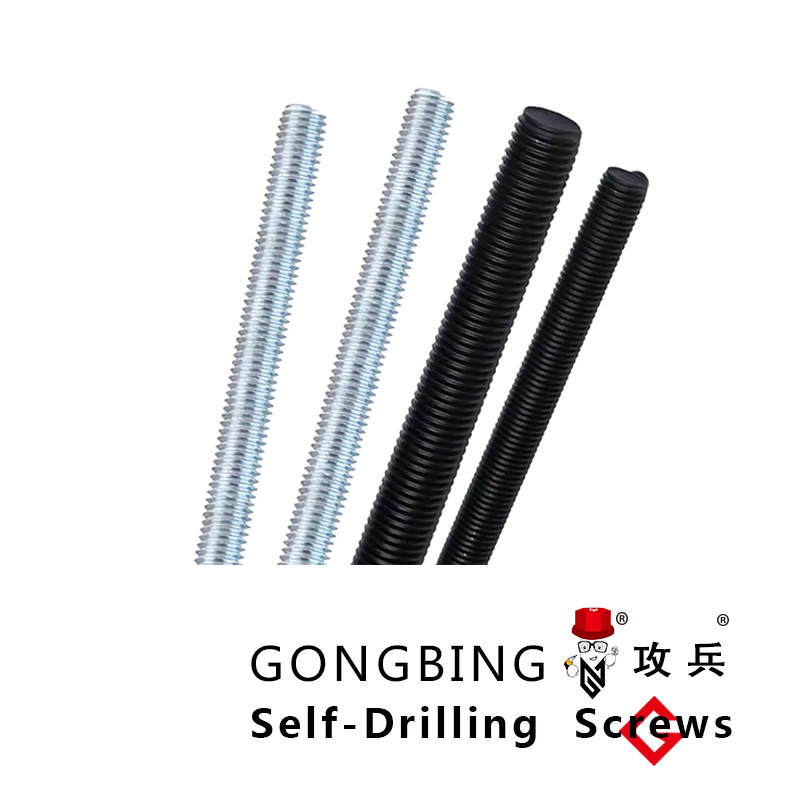Cross Bracing Techniques for Enhanced Steel Structure Stability and Performance
The Importance of Cross Bracing in Steel Structures
Cross bracing is an essential structural element widely employed in steel construction. It involves the use of diagonal braces that span between vertical and horizontal members, providing additional stability and rigidity to structures. In the realm of civil engineering and construction, understanding the significance of cross bracing is vital for ensuring safety and enhancing the durability of buildings and bridges.
What is Cross Bracing?
Cross bracing consists of elements that are typically made of steel and are arranged in a diagonal pattern between structural columns and beams. These braces can take various forms, including tension and compression members. The principal function of cross bracing is to resist lateral forces that can be caused by wind, earthquakes, or other dynamic loads. By creating a triangulated system, cross bracing effectively transfers these forces through the structure and reduces the likelihood of deformation or failure.
Benefits of Cross Bracing
The utilization of cross bracing in steel construction presents several advantages
1. Enhanced Stability Cross braced systems provide exceptional stability, enabling buildings and bridges to withstand lateral forces. The triangulated shape distributes loads effectively, preventing excessive sway or movement.
2. Material Efficiency Steel is known for its strength-to-weight ratio, and the incorporation of cross bracing allows for a more efficient use of this material. Compared to traditional framing, cross bracing can reduce the amount of steel required, lowering costs while maintaining structural integrity.
3. Design Flexibility Cross bracing offers architects and engineers a versatile option in structural design. It can be used visibly as a design feature or concealed within the building’s structure. This flexibility enhances aesthetic appeal while still fulfilling functional requirements.
4. Seismic Performance In seismic-prone areas, cross bracing plays a critical role in enhancing the performance of structures during earthquakes. The braces provide lateral support that mitigates the effects of seismic forces, reducing the risk of structural failure.
5. Quick Installation The fabrication and installation of cross bracing systems are relatively straightforward. Prefabricated steel components can be quickly assembled on-site, reducing construction time and labor costs.
Types of Cross Bracing
cross bracing steel

There are several types of cross bracing commonly used in steel structures
1. X-Bracing This is the most common form, where two diagonal braces cross each other to form an 'X' shape. It is highly effective for resistance against lateral loads.
2. K-Bracing In K-bracing, the bars are arranged in a 'K' shape. This design offers increased stiffness and can be beneficial in structures requiring enhanced stability without additional weight.
3. V-Bracing Here, braces are arranged in a 'V' shape. V-bracing is often used in shorter spans and can be advantageous in creating open spaces within buildings.
4. Chevron Bracing Similar to K-bracing, Chevron bracing consists of diagonal braces that connect to a central point, resembling a chevron. This design is effective in resisting both tension and compression forces.
Applications of Cross Bracing
Cross bracing finds applications across various sectors
- Skyscrapers Tall buildings often utilize cross bracing to ensure stability against wind loads and sway, maintaining safety while maximizing usable space.
- Bridges Many bridge designs incorporate cross bracing to enhance stability and load-bearing capacity, allowing for safer and more resilient crossings.
- Industrial Structures Factories and warehouses frequently employ cross bracing due to the large open spaces required for their operations, ensuring that the structures can handle heavy machinery and equipment.
Conclusion
In conclusion, cross bracing is a fundamental technique in steel construction that enhances the stability, safety, and efficiency of structures. Its ability to withstand lateral forces, coupled with the benefits of material efficiency and design flexibility, makes it an indispensable element in modern engineering. As architects and engineers continue to push the boundaries of building design, the role of cross bracing will undoubtedly remain crucial in creating innovative and resilient structures that stand the test of time.
-
Weatherproof Plastic Expansion Anchors for OutdoorKabarJun.06,2025
-
Sustainability in the Supply Chain: Eco-Friendly TEK Screws ProductionKabarJun.06,2025
-
Load-Bearing Capacity of External Insulation FixingsKabarJun.06,2025
-
Double Head Bolts: Enhancing Efficiency in Industrial MachineryKabarJun.06,2025
-
Corrosion Resistance in Chipboard Screws: Coatings for Wholesale DurabilityKabarJun.06,2025
-
Butterfly Toggle Bolts : Enhancing Structural ResilienceKabarJun.06,2025
